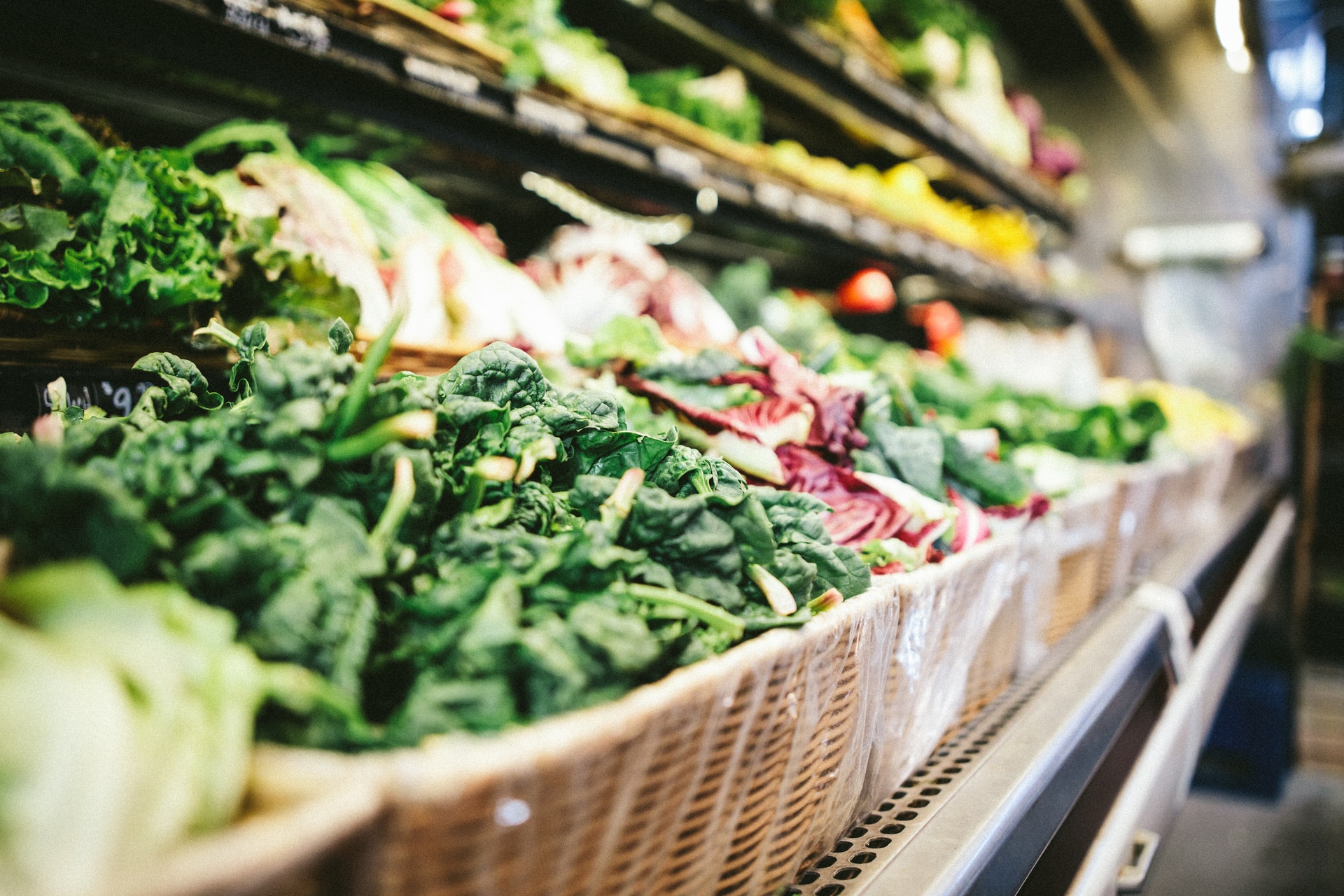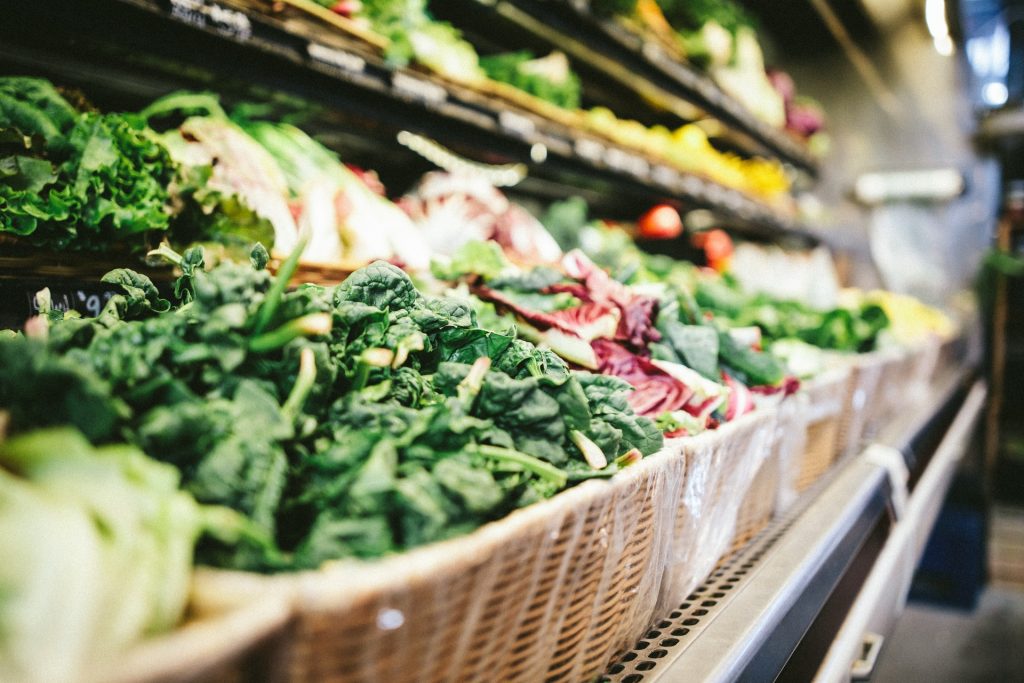

The price of doing the same old thing is sometimes far higher than the price of a new habit. In fact, the world doesn’t like changes, yet they are the only things that bring progress and development. Our business sector – reefer logistics – has already initiated a path towards change. The pandemic has accelerated the same. Slowly but surely, customers dealing with perishables are switching their thinking, and are now driven by most food retailers in a complex environment full of bottle-necks and challenges.
On one hand, dry cargo logistics is a rapidly evolving market with many factors that are shaping the future of how to transport cargo in the challenging environment of the 21st century, but on the other – look for instance at the “more conservative” reefer cargo. One can observe an obvious fragmentation of the cold chain. Grocery, seafood, meat, poultry retailers, they all have the capacity and the need for a real U-turn. Therefore, certain reefer logisticians, like us at Easyfresh, are gradually implementing a new culture within the global temperature-controlled transport industry. This is done by designing specific product models, adapting some to the different dynamics and maturity levels around the globe and adjusting those to the specific routes and customers’ requirements. Europe appears here as an adequate arena for change, as European reefer cargo shippers and receivers are demanding first-class, efficient, and mature logistics solutions. Anyhow, other areas like Asia or America are enjoying higher maturity level in their respective cold chain markets. Consequently, the global cold chain is ripe for transformation, and first-mover advantage is up for the taking. Time for classic forwarding or usual or basic reefer shipping should be only marginal in some years, as it is already at its edge to honestly assist in defending the real needs of respective customers.
Over the past 50 years, logistics, as an integral part of the reefer supply chain management, has naturally evolved along with the changes that have taken place in the fresh and frozen cargo business. Earlier, reefer logistics was a concept totally shadowed by port-to-port temperature-controlled shipping. As long as sea freight arrangements were clear, logistics was regarded as a field that required not much thinking. The evolution continued into the late 20th century with the incipient involvement of some retailers in the from-crop- to-shelf trend. This led to an emergence of complex cold chains and to realizing that customers and reefer logistics suppliers should jump from low-value to improved supply chain standards, at least on a per case or per transport leg basis.
Success is earned everyday
 We are facing a world with utmost demanding customers with the requirement of a complex cold chain and ever-changing relationships. Therefore, reefer logistics sup- pliers need to closely examine the expertise in reefer trades, adaptability and agility of their logistics networks, because their services will play an ever-greater role in delivering high-performing operations. Given today’s globalization and reefer industry trends, the customers, those being retailers, fresh produce exporters-importers, and many others, are likely to experience an increased level of anxiety and concern. Reefer logistics operators or better, Third Party Logistics (3PL) perishable logistics suppliers, should recognize this. As we say to our team at Easyfresh: “Remember that our success is not an entitlement, but something we need to earn every day.”
We are facing a world with utmost demanding customers with the requirement of a complex cold chain and ever-changing relationships. Therefore, reefer logistics sup- pliers need to closely examine the expertise in reefer trades, adaptability and agility of their logistics networks, because their services will play an ever-greater role in delivering high-performing operations. Given today’s globalization and reefer industry trends, the customers, those being retailers, fresh produce exporters-importers, and many others, are likely to experience an increased level of anxiety and concern. Reefer logistics operators or better, Third Party Logistics (3PL) perishable logistics suppliers, should recognize this. As we say to our team at Easyfresh: “Remember that our success is not an entitlement, but something we need to earn every day.”
Linked to the above, to say the reefer logistics industry is becoming non-asset based or less-asset centric, is a stretch because someone has to own and operate the assets. Having said this, what is interesting is to see the appearance of a reefer logistics provider, (e.g. our own company) that doesn’t own assets (coldstores, fleets, and so on), but is able to provide perishables logistics services by aggregating information, expertise, and intelligence about assets from the owners. A high understanding of the documentary, and here especially the phytosanitary procedures, is simply a must to grant the success to transport packages.
When to go global
A worldwide focus comes on top of the need for true neutrality and a really flexible and independent vision with no owner or above-mentioned big brother interfering in the real priorities of the business development and ultimately harming the customers’ needs. The “fill-the-slot-focus” of the shipping lines is an understandable, but clearly low-customer minded procedure. True reefer-minded 3PLs, in turn seek the real solutions for their king – the client – dealing with fresh produce, who is more and more international and less local, regardless if it is perceived from an export or an import perspective.
The global focus is thus of paramount priority. Crop changes, last minute diverted cargo flows, multi-origin sourcing, bans, etc., are a number of reasons that support the concept of customers needing to have immediate solutions to the arising uncertainties within their respective markets. A global reefer specialized or fresh mentality is a must. A good example of this is the EU/Russia ban on fresh produce and traditional Poland-to-Russia apple trade that was dramatically interrupted by a sudden and unexpected political decision. Polish apple shippers had to sell their produce to other destinations, i.e. in the Far and Middle East, and North Africa. Only those reefer logistics suppliers who could offer combined solutions out of the Baltic, North European, and Adriatic ports (like well reputed Koper) could really assist the Polish apple shippers with integrated solutions.
Be careful with innovations
For most people, a simple and quick solution is sought after first, with no consideration for being right. Possibly this is due to a lack of understanding of the real customer needs. Reefer 3PLs need to provide the necessary education to their staff and spend some time with customers to jointly search the most adequate and viable solutions. A broad focus vs. a classic local one comes necessarily together. Particularly, in all perishable trades there are no simple solutions for tough or complex cases.
It is another common mistake that new, fancy technologies, gadgets, or brand new software, or, even trendy big data are the tools to find the required intelligent solutions to increase margins or those that produce exporters or importers might need. Don’t get us wrong: We do believe in selective innovation methods, these are clearly required. However, having said this, investment in new technologies might also be a bad decision leading to nowhere. In fact, there are a number of known success stories. Nevertheless, in our opinion, the latter happens mostly after a time of maturity. The innovation has to be tested and its results have to be clear. In other words, not all innovations are adequate. The risk of failing in the investment decision is very much linked to the time elapsed since the inception of the technology and its application. Remember that there are a number of obsolete technologies that everyone thought would last forever. For example: dial-up modems, e-cigarettes, all sorts of data, video and audio storage media, several computer ports, answering machines, cathode tube TVs, MP3 players, etc. Serious reefer logistics are managed by reefer experts (people!), applying common sense. This will remain forever. The expenditure on unnecessary, fancy, short-term innovation methods lead to a precipice, as we have seen in so many cases (remember the .com bubble which might be replicated with, at least, part of existing 2030 agenda targets and artificial implementation of sometimes unnecessary digitalization processes). And we will see others in the near future, too. Complexity can’t be dealt with by simple answers. Only peoples’ focus, expertise and intelligence can seriously add value to the cold chain. So, as usual, it’s all about good people in the service industry. The rest are “sweeteners” or “facilitators,” but the brain, leading the perishable logistics, has to be a trained, knowledgeable human.
The weight of brand
Another key issue is the reefer cold chain trademark or brand value. As a matter of fact, brand reputational value is irreplaceable and has to be protected. Three decades ago, as much as 95% of the average corporation’s value consisted of tangible assets, according to a report by Thomson Reuters. Nowadays, 75% of that average corporation’s value is intangible. In other words, a business’ most valuable asset is its good name, its brand, and reputation. In a survey released jointly by the World Economic Forum, three-fifths of chief executives said they believed corporate brand and reputation represented more than 40% of their company’s market capitalization. That value is the organization’s brand reputational value which creates greater profits.
Furthermore, the companies with strong brands can better retain employees, too. A recent study suggests that 80% of employees between the age of 18 and 30 will leave a company if they believe it has a weak brand or no association with ethics. The cost of a compliance or ethics failure goes well beyond legal fees, court judgments, fines and penalties. It spills over into leadership distraction and turnover, forced alteration of a working profit model, and heightened scrutiny in the future. Reefer logistics suppliers are not hard asset-based companies. They subcontract most services to build up a proper cold chain solution.
Third-party logistics must treat their brand’s reputational value like any other asset. They should manage it just the way they take care of their real property and equipment. In fact we at Easyfresh do it as a priority task. We take good care of our registered and protected trademark, logo, trading patterns, and logistics services, marketing strategy, colours, service standards, our dedication to fresh and frozen cargo, unique activity, and all the elements Easyfresh clients associate with the brand image. Correct branding has to come with proper planning and business goals. Within those and given today’s globalised environment and uncertainties, strategic alliances become another key element for development. Sharing resources, capital equipment, knowledge and others by creating synergies and competitive advantage. Deals with ports, shipping lines, suppliers, coldstores, etc., are ventures that allow the business to grow if the tasks of the parties are well-defined. Typically this category covers subcontractors or service providers who have hardware assets in strategic points which form part of the full supply chain. By forming a strategic alliance this asset gets better integrated in the value chain which increases its utilization, hence market value. In fact, by selecting the right strategic alliances new, smart, and alternative supply chains can be developed and offered to customers. We are constantly seeking new ones, being very selective in our final choice.








